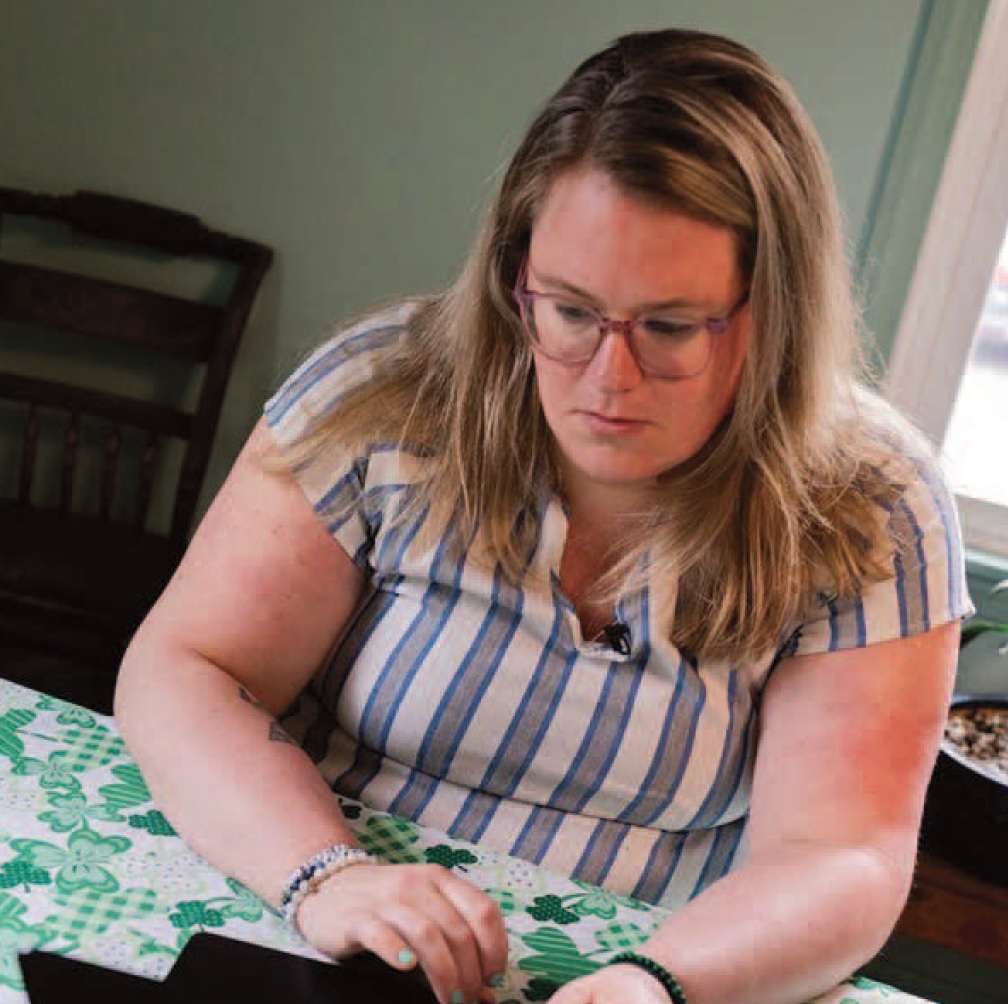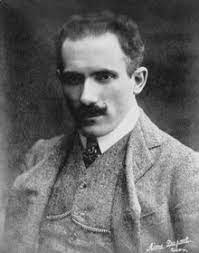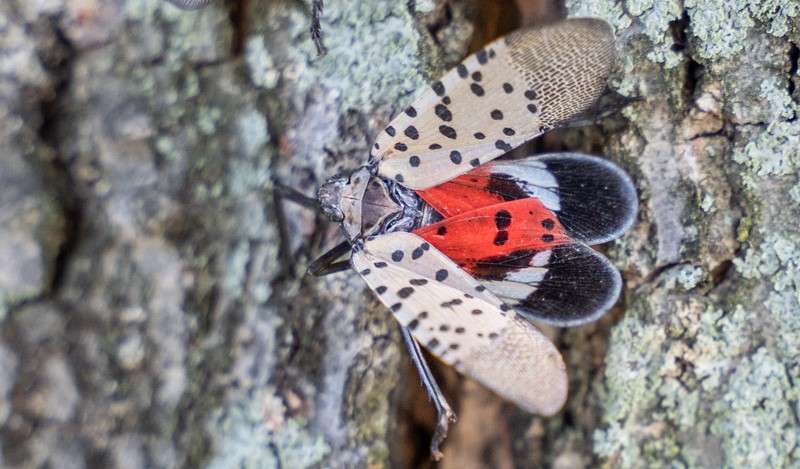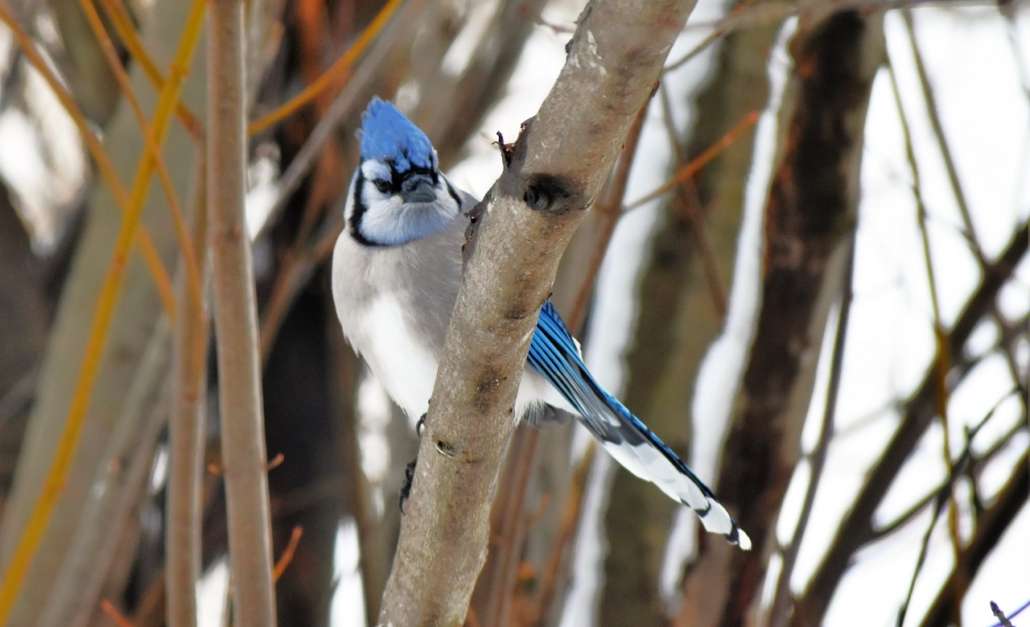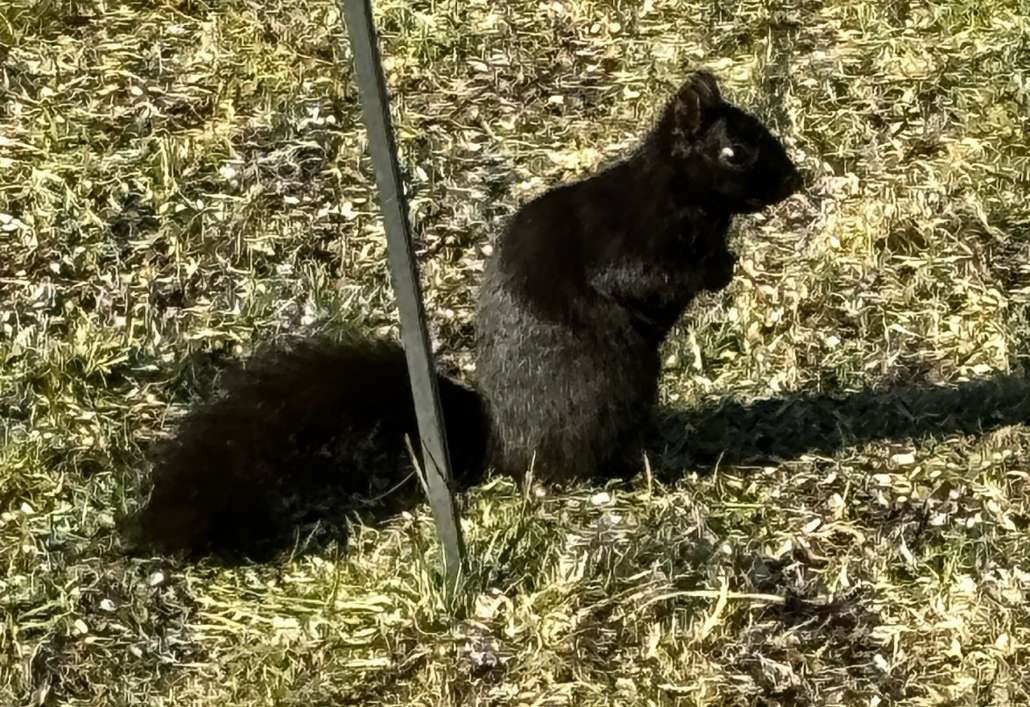MERIT: If we build it, will they save?
 by André Chassé
by André Chassé
Volunteer State President,
AARP Maine
When Maine set out to develop a way to make retirement savings accessible to more workers, it was somewhat of a “field of dreams” moment for all those who had advocated for the Work & Save program including AARP Maine. We knew that access to an employer-based retirement plan would be critical for building financial security. In addition, with roughly 40% of Maine’s private sector employees having no way to save for retirement on the job, we believed a solution was needed to our state’s retirement savings crisis. However, as we entered the final stages of implementation, we found ourselves asking: if we build it, will they save?
The answer is a resounding “yes.” I am delighted to share that more Mainers have started building a secure financial future for themselves by saving for retirement, thanks to the notable success of the Maine Retirement Investment Trust (MERIT). In a landmark achievement, MERIT recently announced that Maine employees have collectively saved an impressive one million dollars for their retirement within just six months of its statewide launch in January of this year. This milestone reflects the commitment and hard work of both the program and the participants as they strive to build a stable financial future for themselves and their families.
MERIT was created in 2021 by the Work and Save Bill, sponsored by Senator Eloise Vitelli, to improve access to retirement savings programs. The public-private retirement savings option was established to provide an efficient and transparent retirement savings option for the over 200,000 workers in Maine who do not have access to a workplace retirement savings plan.
The initiative has proven to be a critical step toward promoting responsibility and long-term planning for Maine workers. By providing a streamlined enrollment process, MERIT enables employers to offer a valuable tool that significantly enhances employee satisfaction and financial security. MERIT allows workers to set their own contribution percentage. There is no cost or match requirement for employers. Funds are invested in a Roth IRA that employees can take with them from job to job. Through the MERIT portal at meritsaves.com, employees can change their contribution percentage, view and change investment options and identify their beneficiaries.
MERIT addresses a vital need for Maine residents who face uncertainty about their retirement savings. Retirement savings options that help workers become savers are needed now more than ever. According to an AARP survey conducted earlier this year, one in five Americans 50-plus have no retirement savings, and over half worry that their savings won’t last in retirement.
Until now, too many workers in Maine have not had access to a retirement savings account at work, leaving them unprepared for the future. But with the recently met MERIT savings benchmark, we have a million reasons to believe that together, we can bridge this gap and ensure a more secure future for Maine’s workers.


